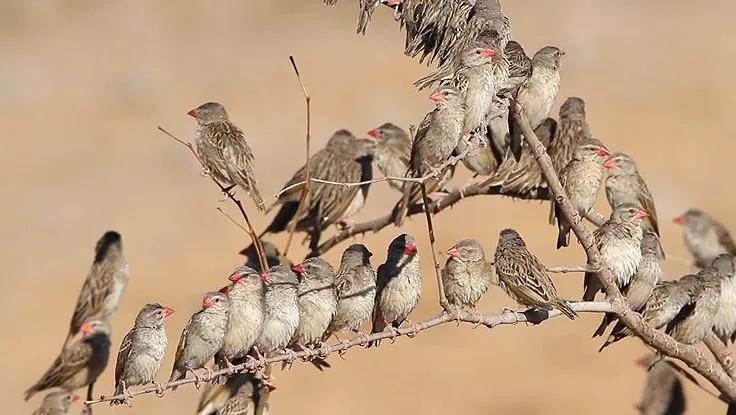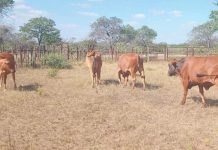Africa-Press – Zimbabwe. The Zimbabwean government has purchased drones to assist in controlling Quelea birds, which pose a significant threat to wheat yields.
Agricultural and Rural Development Advisory Services Chief Director, Professor Obert Jiri said the drones will complement the services of the department of migratory pests and biosecurity control. He said:
In terms of protecting the wheat yield, the biggest threat to our wheat yield is the quelea bird. In Zimbabwe, we have four breeding sites that we have mapped. As part of moving on with technology. We now have acquired nine drones one for each agricultural province and one on standby. We have already trained our technicians on how to utilise the drones.
Planting is in full swing. We encourage farmers to keep planting up to the 15th, all irrigable land should be put under wheat. We also encourage farmers to start doing good agronomical practices, pest control and irrigation scheduling.
Quelea birds reportedly cause over 95% of annual wheat losses if left uncontrolled. Apart from quelea birds, Zimbabwean wheat production is vulnerable to rain damage. Farmers need to adhere to expert-recommended planting dates. In 2022, the rains destroyed around 4,000 hectares of wheat, with Mashonaland West province suffering the greatest loss of 3,225 hectares.
The aforementioned reports have surfaced at a time when the winter wheat plantation has already covered over 60,000 hectares. The government has further urged farmers to make use of the extended winter wheat planting period until the 15th of the current month. The government has set a target of 90,000 hectares for winter wheat cultivation this season, aimed at generating a projected output exceeding 432,000 metric tonnes.
Last year, the government said the nation’s monthly consumption rate was 49,295 metric tonnes (24,295 metric tonnes for social welfare and 25,000 metric tonnes for millers and stock feed manufacturers), which means Zimbabwe would require approximately 591,540 metric tonnes of wheat per year.
A bumper harvest in Zimbabwe would alleviate the impact of grain shortages triggered by the war between Russia and Ukraine, as it would meet the domestic grain demand and reduce reliance on imports. This would stabilize food prices, prevent food insecurity and generate surplus grain for export, earning foreign exchange.
For More News And Analysis About Zimbabwe Follow Africa-Press






